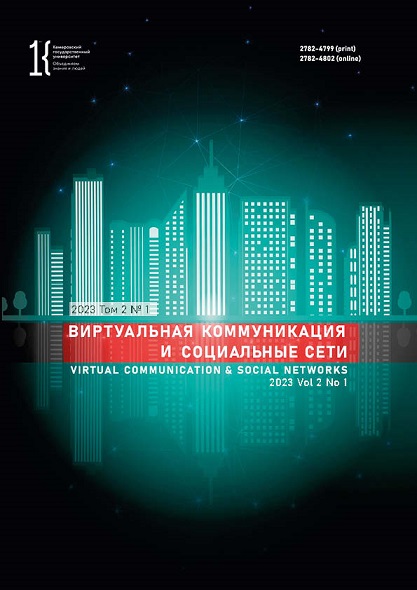Belgorod, Russian Federation
The article focuses on the link between neuro-didactics and the intercultural communicative competence. As an interdisciplinary field, neuro-didactics combines brain research and didactics in teaching Russian as a foreign language. The review covers relevant publications on modern scientific approaches to teaching a foreign language with the help of neuro-didactics. The author examined various issues connected with teaching Russian to foreigners to describe the most effective neuro-didactic methods of developing the intercultural communicative competence, e.g., the effect of certain hormones on learning, etc. Neuroscience data, social networks, messengers, and mass media provide a more effective academic process, facilitate language learning, and increase the effectiveness of teaching methods. Thus, basic neuro-didactics should be taught to future foreign language teachers. By understanding the mechanisms and nature of neural plasticity, they may develop new effective teaching and learning methods.
neurodidactics, intercultural communicative competence, teaching Russian as a foreign language, effective academic process, teaching methods, foreign language communication
1. Blake S., Pape S., Choshanov M. A. Achievements of neuropsychology in US pedagogy. Pedagogika, 2004, (5): 85-90. (In Russ.)
2. Gulaya T. M., Romanova S. A. Neuro-didactics and its usage in foreign language teaching. Philology. Theory & Practice, 2017, (10-1): 196-198. (In Russ.) https://www.elibrary.ru/zfdrsb
3. Kulikova O. V. The neurodidactic approach as a factor of quality improvement: teaching professional communication in foreign languages. Vestnik of Moscow State Linguistic University, 2014, (14): 107-114. (In Russ.) https://www.elibrary.ru/tebroj
4. Matveeva E. E. Neurodidactics as a new word in the organization of the educational process. The teaching practice of foreign languages at the International Relations Department in Belgorod State University. Minsk: BSU, 2012, iss. 2, 93-95. (In Russ.)
5. Shmal N. Neurodidactics in teaching foreign languages. WebinaringPRO, 2015, (13): 20-25. (In Russ.)
6. Barbosa E. Y. A Neurodidactic model for teaching elementary EFL students in a college context. English Language Teaching, 2021, 14(3): 42-58. https://doi.org/10.5539/elt.v14n3p42
7. Bonney K. M. Case study teaching method improves student performance and perceptions of learning gains. Journal of Microbiology & Biology Education, 2015, 16(1): 21-28. https://doi.org/10.1128%2Fjmbe.v16i1.846
8. Conkan D. Neurodidactics: the selection of teaching materials for german as a foreign language. Education, Reflection, Development - ERD 2018: Proc. 6th Intern. Conf., Cluj-Napoca, 6-7 Jul 2018. https://doi.org/10.15405/epsbs.2019.06.50
9. González C. Neuroeducación y lingüística: una propuesta de aplicación a la enseñanza de la lengua materna. Tesis doctoral. Madrid, 2016, 465.
10. Krashen S. D., Terrell T. D. The natural approach: language acquisition in the classroom. NY: Pergamon Press, 1983, 191.
11. Mora F. Neuroeducación: Solo se puede aprender aquello que se ama. Madrid: Alianza Editorial, 2013, 224.















